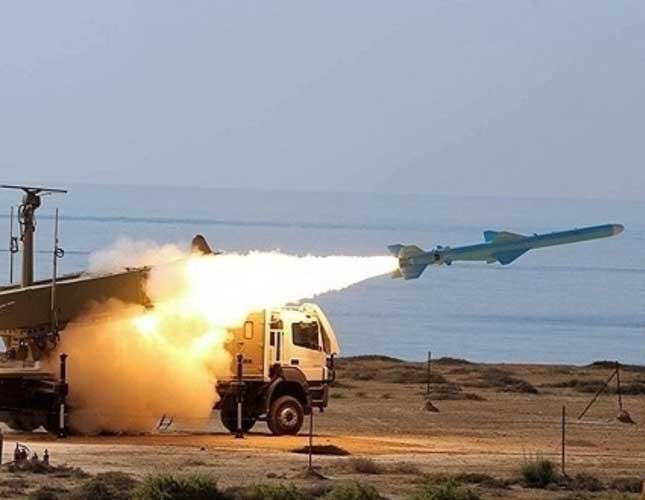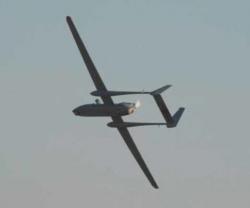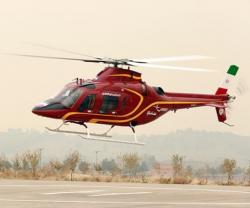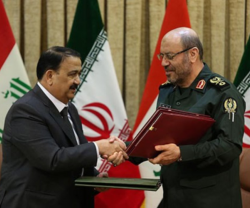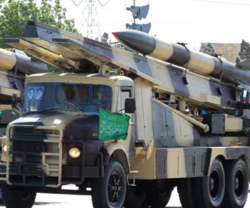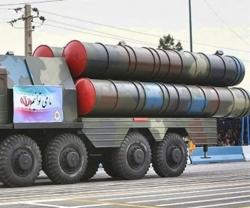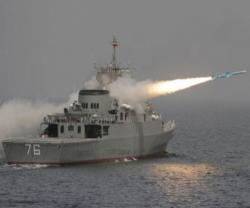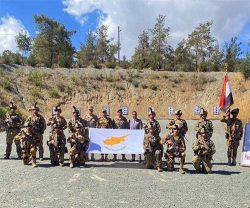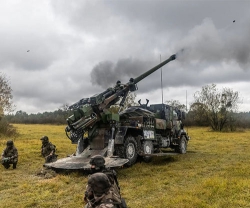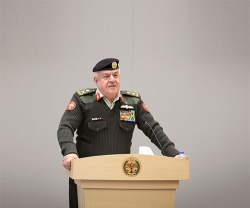Iran’s Defense Minister Brigadier General Hossein Dehqan announced his country’s plan to unveil 3 new long-range ground-to-ground missiles by the end of the current Iranian year (started on March 20), Fars News Agency (FNA) reported.
“We will produce three basic products which will multiply our superiority in the missile field,” General Dehqan said, addressing legislators at the Parliament in Tehran.
He added that the long-range Qadir, a new generation of Sejjil and Khorramshahr missiles which can destroy the targets with a high precision power will be the three new weapons systems that will be unveiled in the near future.
“Today, our long-range missiles can hit hostile targets with a precision-striking power of below 10 meters of margin of error,” General Dehqan said.
“In the future, we will develop our ballistic ground-to-ground missiles in a way that they can hit sea targets in distanced areas,” he added.
Stressing Iran’s commitment to the treaties which prohibit production of Weapons of Mass Destruction (WMDs), General Dehqan said his country doesn’t accept any restriction on developing its defense power given the sensitive region that it is located in and the threats posed by enemies which use advanced weapons and equipment in their wars.
Last Sunday, Iran started mass-production of home-made Zolfaqar missile that carries a Multiple Re-entry Vehicle payload and can destroy targets in distances up to 700km in range with a zero margin of error.
Zolfaqar, the latest generation of Iran's mid-range missiles, which was unveiled during the nationwide parades of Armed Forces on Wednesday, is capable of carrying MRV payloads and can rain down missiles on ground targets with a high level of precision-striking power.
A Multiple Reentry Vehicle payload for a ballistic missile deploys multiple warheads in a pattern against a single target. (As opposed to multiple independently targetable reentry vehicle which deploys multiple warheads against multiple targets).The advantage of an MRV over a single warhead is that the damage produced in the center of the pattern is far greater than the damage possible from any single warhead in the MRV cluster, this makes for an efficient area attack weapon. Also, the sheer number of warheads makes interception by anti-ballistic missiles unlikely.
Improved warhead designs allow smaller warheads for a given yield, while better electronics and guidance systems allowed greater accuracy. As a result MIRV technology has proven more attractive than MRV for advanced nations. Because of the larger amount of nuclear material consumed by MRVs and MIRVs, single warhead missiles are more attractive for nations with less advanced technology. The United States deployed an MRV payload on the Polaris A-3. The Soviet Union deployed MRVs on the SS-9 Mod 4 ICBM.
In March, the Islamic Revolution Guards Corps (IRGC) fired 2 home-made 'Qadr H' ballistic missiles from the Eastern Alborz Mountains at a target in Iran’s Southeastern Makran seashore some 1,400km away.
The missiles were fired on the sidelines of the main stage of the IRGC drills in Central Iran and various parts of the country.
Qadr is a 2000km-range, liquid-fuel and ballistic missile which can reach territories as far as Israel.
The missile can carry different types of ‘Blast’ and ‘MRV’ payloads to destroy a range of targets. The new version of Qadr H can be launched from mobile platforms or silos in different positions and can escape missile defense shields due to their radar-evading capability.

